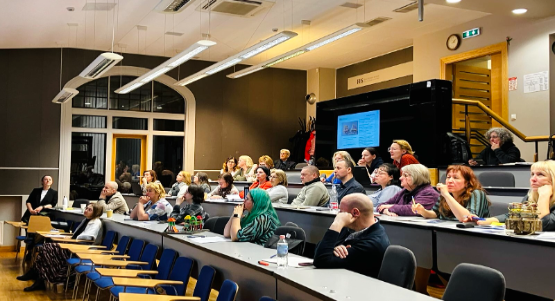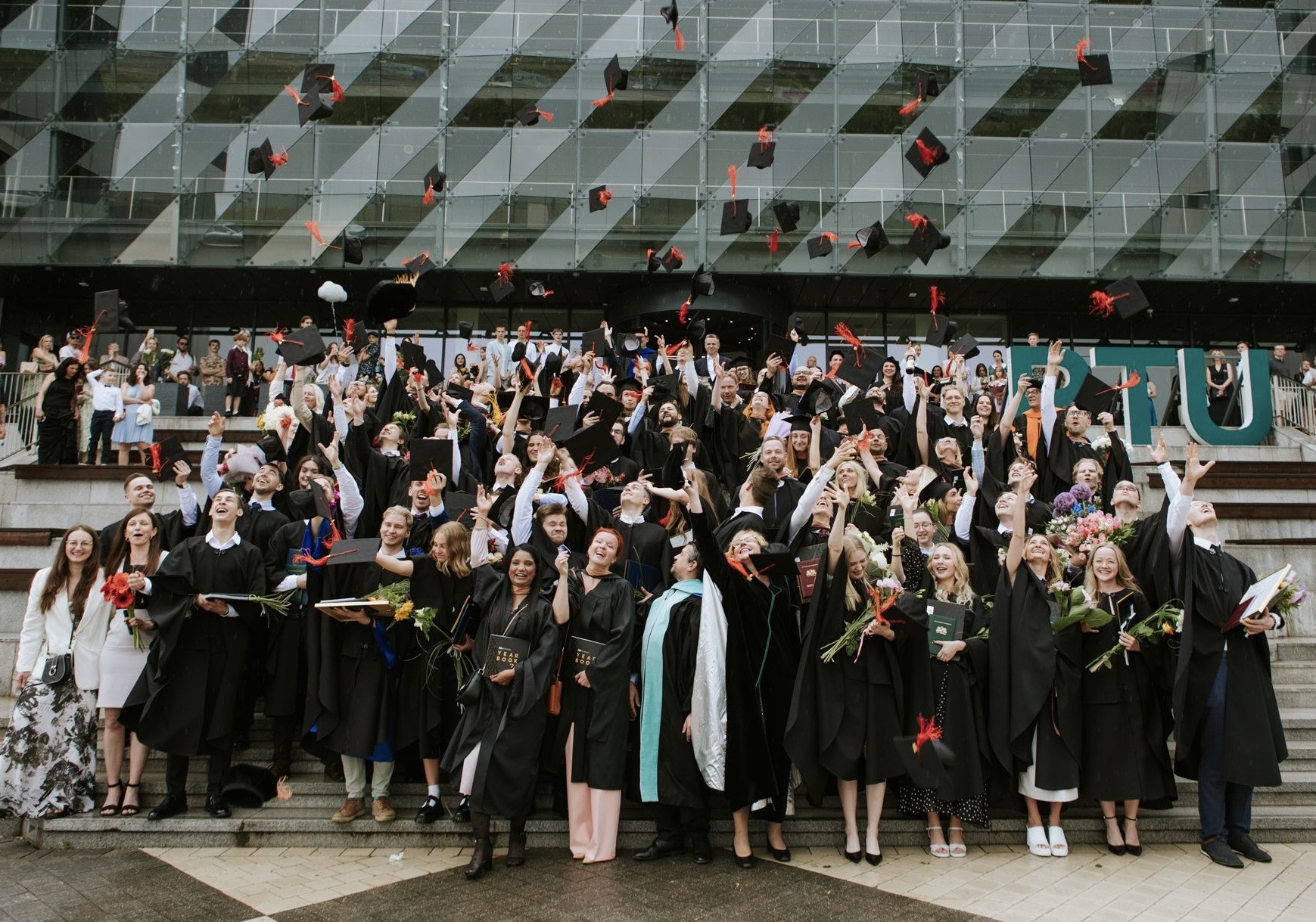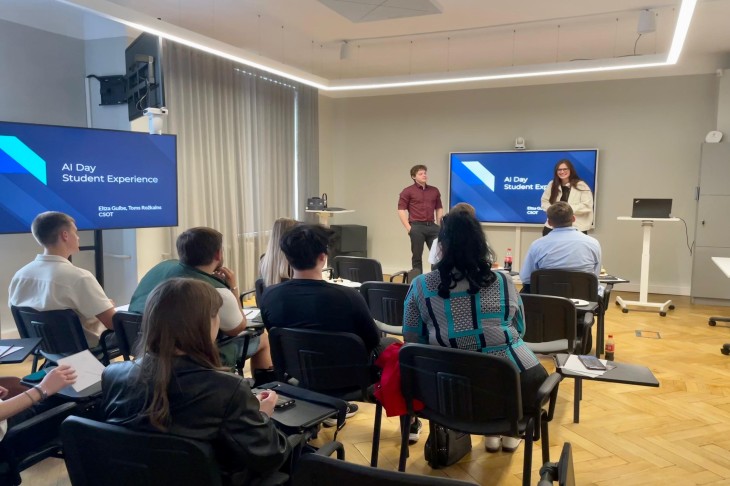Mathematics is an immensely important subject at all levels and holds significant value in our lives and society. Despite several efforts, it seems that all the stakeholders need to work hand in hand to help our youngsters get better at it.
Why Mathematics?
Behind every subject in any curriculum, there is a purpose, and so is Mathematics. It is essential for enhancing problem-solving and augmenting critical thinking and logical reasoning by discovering patterns and relationships. Nevertheless, it improves cognitive development as they are motivated to think abstractly and logically, thus developing their mental discipline, and resulting in intellectual growth. Moreover, it helps to develop the mindset of accuracy and precision in reasoning, forming the foundation of diverse scientific disciplines. For instance, chemistry, physics, computer science, engineering, business, information, and technology. It can safely be said that mathematical principles are the roots of most technological advancements, such as cryptography and computer algorithms. Thus, it plays a vital role in the innovation and development of technology. Therefore, if an individual has a good grip on Mathematical tools, a wide range of career opportunities open for them, like in engineering, finance, computer programming, and data science fields. Similarly, they fulfil the admissions requirements to distinctive higher education institutions before they opt for their careers.
We must understand the problem to resolve it
While we understand the importance of mathematics, as academicians, we have observed the decline in results and ability to grasp it. To address these challenges, the stakeholders (educators, parents, and policymakers) should understand them first. I’ve been teaching finance and mathematics courses to undergraduates and graduates since 2011 and at Riga Business School in Latvia since 2018. In my opinion, some common challenges in learning mathematics are as follows:
- lack of foundational understanding such as (mastery of) number facts, concepts, and information,
- fear of making mistakes, negative past experiences that lead to a lack of confidence,
- lack of understanding of implementation resulting in lack of interest,
- difficulty comprehending the visual and spatial aspects and perceptual difficulties,
- teacher-student ratio,
- lack of proficiency among numerous mathematics teachers, attitude towards learning, psychological reaction against the first failure and thus math anxiety.
Of course, like any other industry, the educational sector also got hit by COVID-19, where all the mentioned challenges deepened.
What to do next?
Now, as educators, we need to address these issues.
Firstly, to enhance the foundational understanding, it is essential to incorporate different hands-on activities with real-world examples and implementation of the mathematical tools so that students can visualize and implement them. I learned a concept called “Use of Realia” when pursuing my CELTA to become an ESL teacher, which I implemented in teaching Mathematics, such as when teaching Mensuration.
Secondly, to address the fear or anxiety of mathematics, the emotionally supportive learning environment plays a vital role at educational institutes and at home for parents. To address this issue, parents should positively discuss the importance of Mathematics value and providing a supportive learning environment. Taking students into confidence helps them understand that making mistakes is okay. Also, it’s been observed that parents tend to pass their mathematics fear to their children unintentionally. Therefore, parents need some support via education programs that the policymakers can offer.
Thirdly, the teacher-student ratio contributes to the quality of education and the student’s learning experience. The reason is that a lower ratio leads to individualized attention, target support by the teachers, and effective classroom management. I’ve observed that the optimal level of the students in the mathematics classroom leads to increased engagement of the students, more discussions, considerable problem-solving, and a lot more time to do hands-on activities. As a result, there is an enhanced teacher-student relationship and the teachers’ individual learning preferences, which correlates positively to improving academic outcomes.
Fourthly, to address the deficiency in Mathematics expertise, different professional development courses can be organized along with mentorship programs.
In addition, as we now encounter Generation Z, excluding technology is not an option. Therefore, educational platforms and apps can be used to provide interactive content and simulation. For this purpose, I liked using Mobius and Aleks platforms, Math 42, Symbollab, and PhotoMath. Instead of restricting students from using these apps, the idea is to tell them the right use and specify that these are the tools, not the alternatives. However, sometimes, there are heavy subscriptions, so policymakers can step in and subsidize such projects or invest in R&D in this area.
Fifthly, the one-size-fits-all approach doesn’t work anymore. So, sometimes educators have to do more than their regular job for learners, such as having different tasks or activities for different students.
Lastly, I believe fun is key; there are many ways to make Mathematics class fun. As we introduce a new topic, drilling is essential, which can be done with collaboration among themselves. For this purpose, I prefer using games they can play as a group or individual, such as Kahoot, Blooket, Bamboozle, Quizlet, and so on, where questions and their formats can be customized according to the groups’ needs.
Ultimately, it is clear that Mathematics is an important subject that contributes to the learning of various courses from science to business to technology. However, the challenges in learning, interest, and, eventually, the scores achieved are declining. Hence, as a society, all the stakeholders must work collaboratively to help learners. Thus, policymakers may offer different programs for educators for professional development, subsidize different learning platforms, and invest in R&D initiatives in this area. Parents should not enforce their fears and failures on their children and provide support and encouragement. Lastly, teachers can adopt innovative teaching strategies, introduce fun in our settings, and provide personalized support to the learners. Through joint endeavors, we undergo development and thrive.
Zakia Siddiqui, a lecturer of Finance Management and Mathematics at Riga Business School










